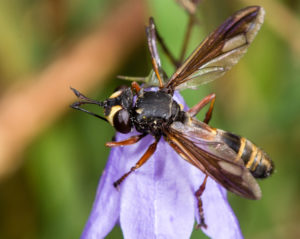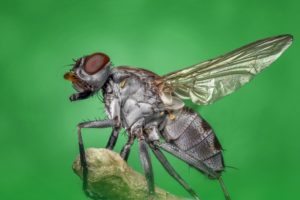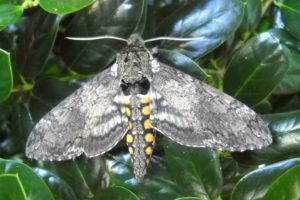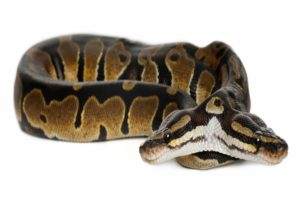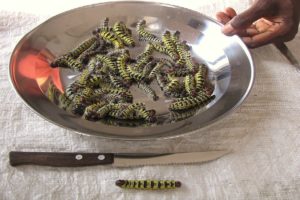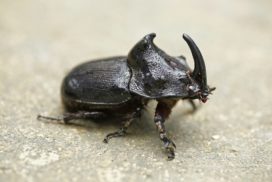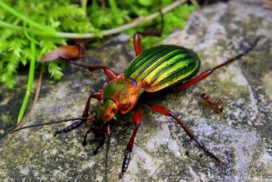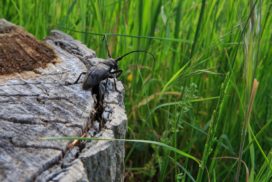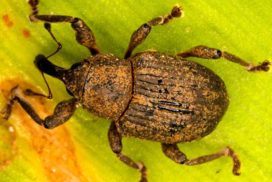WHY DOES THE SEXTON BEETLE BURY SMALL DEAD ANIMALS?
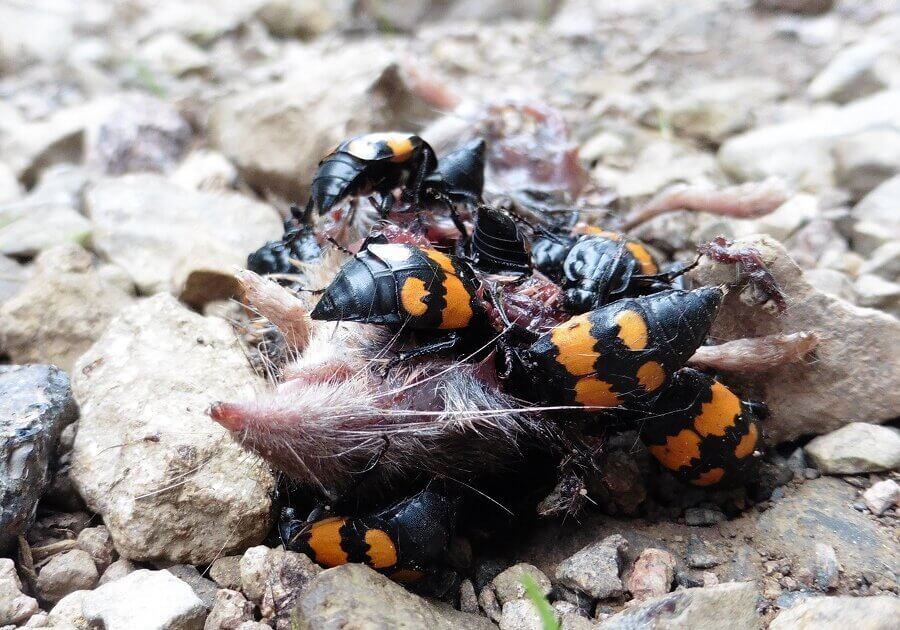
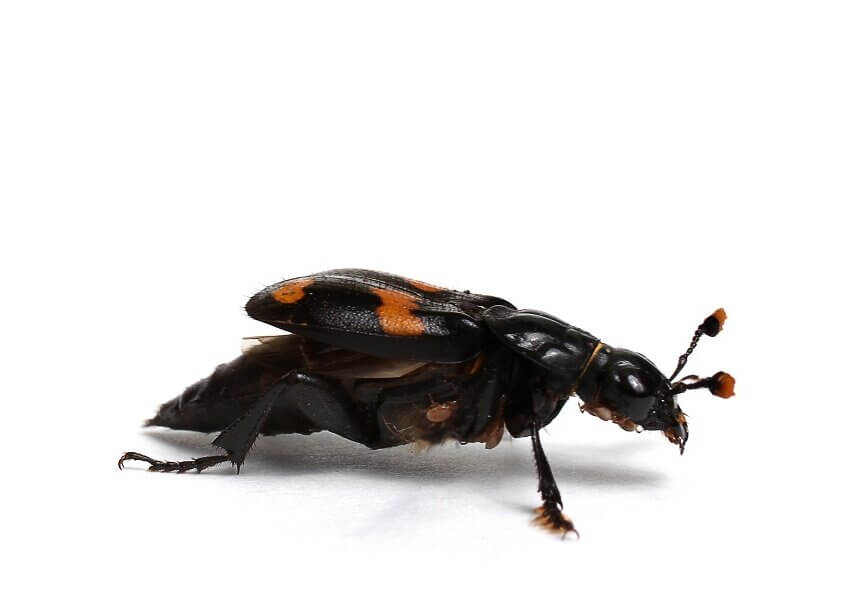
Sexton beetles work in pairs—a male and a female—to move and bury carcasses. Using their keen sense of smell, they locate dead rats, toads, mice, fish, and birds. They have been observed to take on even larger animals such as dogs, rabbits, and cats. They can move a carcass up to 3 meters until they find a soft spot that is suitable. The male crawls upside under the body and by a pedaling motion of its powerful legs moves the carcass inch by inch.
Meanwhile, the female removes obstacles such as twigs, small pieces of wood and stones out of the way. They will go underneath the carcass and dig with their heads and feet. As they dig, the body will go down, and loose earth will fall on top of it.
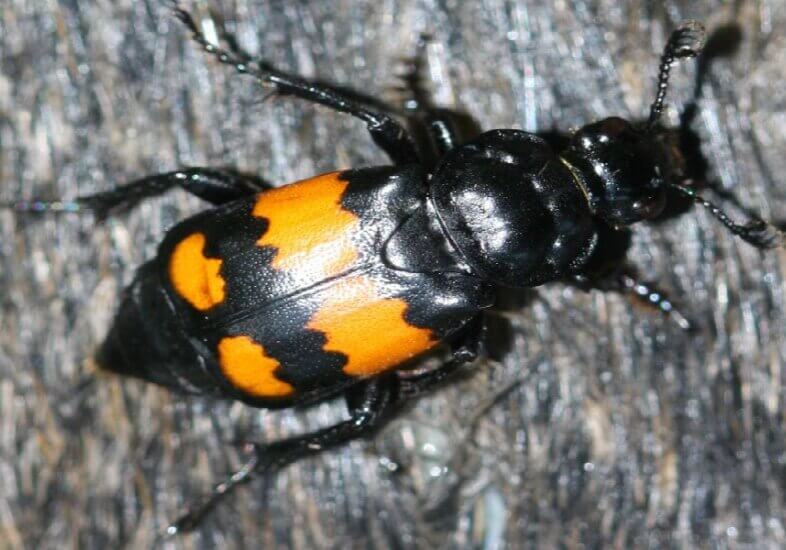
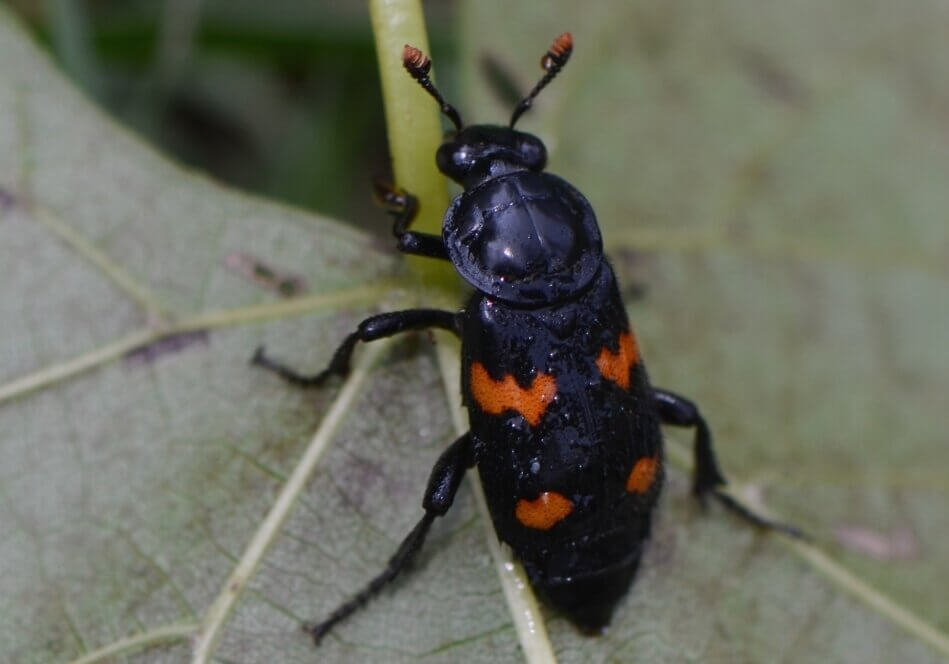
After they bury a carcass, they dig a tunnel, and the female lays her eggs nearby. As they wait for the eggs to hatch, they feed on the body. When the eggs hatch, the beetles feed the larvae on predigested flesh from the carcass. Sexton beetles are black in color and measure 2.5 cm (less than an inch) in length. By burring dead animals, beetles silently clean up the earth's surface. The sexton beetle is part of an army of cleaning carrion beetles numbering in the billions.
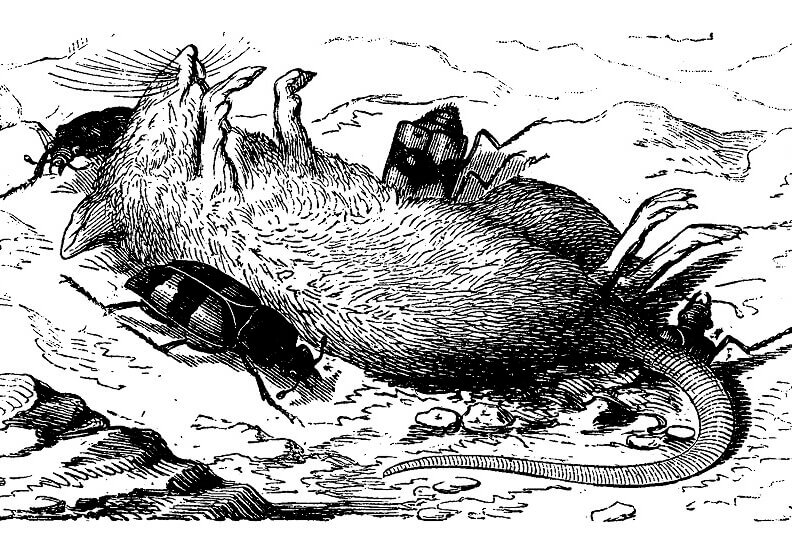
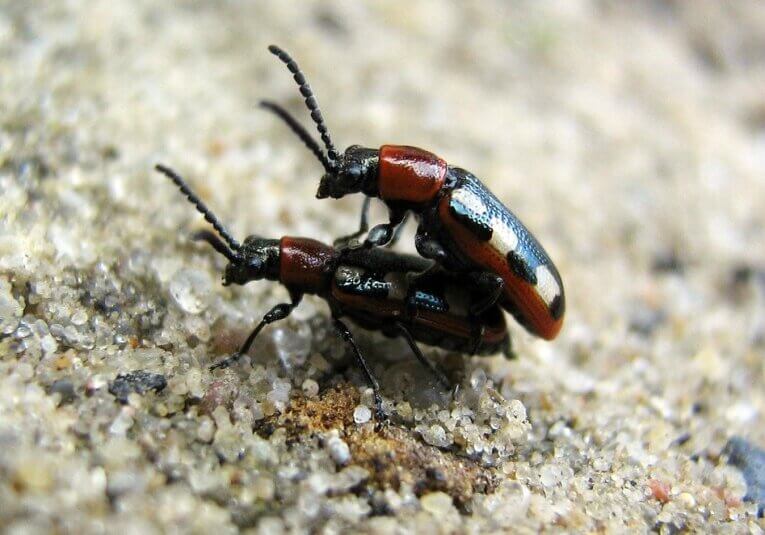
Recent posts
Join us on social media or subscribe!
Sign up to receive our articles in your inbox!
Enter your name and email address below to subscribe.
